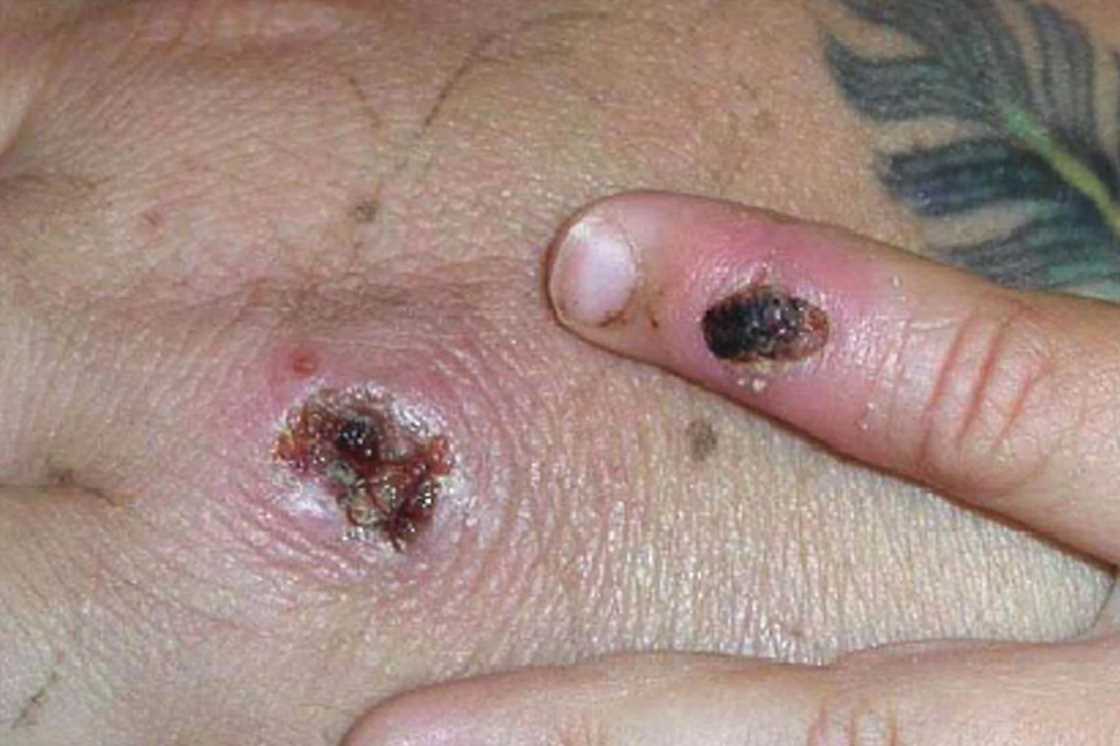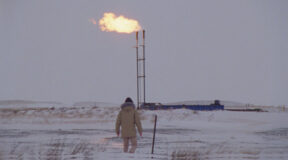A FURTHER 36 cases of monkeypox cases have been detected in England, taking the country’s total to 56.
One case of the virus has also been reported by Scotland today.
The monkeypox outbreak, now spanning some 20 countries, is mystifying health leaders.
It is endemic in West and Central Africa, but extremely rare elsewhere.
However, between 100 and 200 confirmed and suspected cases have been dected in recent weeks across the world.
The UK Health and Security Agency (UKHSA) said whilst the current outbreak is “significant and concerning”, the risk to the UK population remains low.
Read more on monkeypox
Holiday warning for Brits as Monkeypox spreads across popular tourist spots
Monkeypox chart reveals the earliest signs of symptoms to watch out for
But people should be alert to the symptoms of the disease, which includes a flu-like illness before a blistering rash, which starts on the face, hands and feet.
A notable number of cases are among men who are gay and bisexual, which is being closely investigated.
Monkeypox is not considered to be a sexually transmitted infection (STI).
However, it can be spread through sexual contact when someone touches the lesions of an infected person.
Most read in Health
RISK ALERT Monkeypox outbreak is ‘unprecedented’ – Dr Hilary warns of 5 signs not to ignore
UK says monkeypox contacts should ISOLATE for 21 days as more cases confirmed
Belgium introduces monkeypox QUARANTINE as virus spreads across Europe
I’m a doctor and here’s 3 period conditions no woman should ignore
It can be spread through touching clothing, bedding or towels used by someone with the monkeypox rash.
Coughs and sneezes are also a mode of transmission.
Dr Susan Hopkins, Chief Medical Adviser, UKHSA, said: “Alongside reports of further cases being identified in other countries globally, we continue to identify additional cases in the UK.
“Because the virus spreads through close contact, we are urging everyone to be aware of any unusual rashes or lesions and to contact a sexual health service if they have any symptoms.
“A notable proportion of recent cases in the UK and Europe have been found in gay and bisexual men so we are particularly encouraging these men to be alert to the symptoms.”
Prime Minister Boris Johnson said monkeypox is a rare disease but it is important to "keep an eye on it".
He told reporters on a visit to a school in south-east London: "It's basically a very rare disease and so far the consequences don't seem to be very serious.
"But it's important that we keep an eye on it and that's exactly what the the new UK Health Security Agency is doing."
The Government has stocks of a vacccine for smallpox – an eradicated virus of the same family – which is around 85 per cent effective against monkeypox.
It is being offered to very close contacts of those who are symptomatic in order to prevent further spread.
Although monkeypox has been known for 40 years, the World Health Organization(WHO) noted why this explosion of cases was different.
It is the first time there had been several cases without links to travel to the 11 endemic nations in Africa.
And it is unusual there are so many cases across many countries simultaneously.
The WHO's emerging disease lead Maria Van Kerkhove said the situation was "containable".
Read More on The Sun
I’m a doctor – here’s 4 signs of burnout you must never ignore
I’m a gypsy and gave my son a very unusual name, I love dressing him up too
Meanwhile, the European Centre for Disease Prevention and Control (ECDC) director, Andrea Ammon, said most of the cases had mild symptoms.
"For the broader population, the likelihood of spread is very low," Ammon added in a statement.
Symptoms of monkeypox
Initial symptoms of monkeypox include:
- Fever
- Headache
- Muscle aches
- Backache
- Swollen lymph nodes
- Chills and exhaustion
A rash can develop, often beginning on the face, then spreading to other parts of the body including the genitals.
The rash changes and goes through different stages.
At first it can look like chickenpox, before bumps become raised and filled with pus.
These lesions finally form a scab, which later falls off.
Source: Read Full Article















